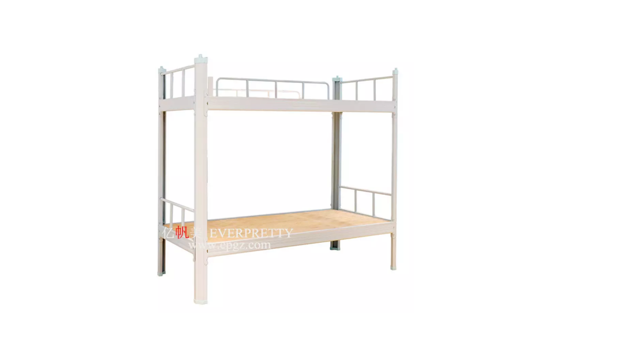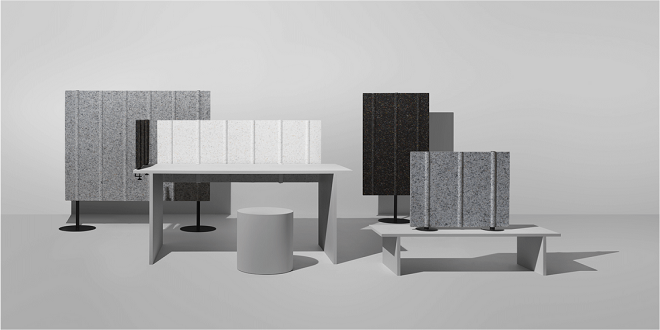How to Get Clean Masking Lines When Painting

Masking tape is incredibly versatile and can be used for a range of projects and tasks, including painting and other design projects.
When you understand how to use masking tape effectively, you can get better results for the projects you work on. This can help you achieve cleaner masking lines when painting for a higher-quality finish.
Read on to find out how to achieve clean masking lines when painting and understand what you can do to get the most value out of masking tape.
Place tape correctly
If you want to get clean masking lines, it’s important that your strategy starts from the outset. You need to ensure that you place tape correctly, allowing no gaps or blemishes that could compromise the quality of your work.
When working with masking tape, be guided by the lines of the surface you’re painting. When painting a wall, this may mean the edges and corners of your room. Press tape down carefully, and make sure covers everything it should.
Don’t rush the process of placing masking tape. This step is one of the most important components of the painting process and will influence the quality you achieve from here on out. Take your time, and examine tape carefully to ensure correct placement.
Smooth down tape when you are confident it is in the right place. Avoid air bubbles or gaps where paint could escape and create uneven lines on your wall or surface.
Powder coat using tape
One of the best ways to achieve cleaner lines in paint is by using a powder coating approach. Powder coating offers a dry finishing process and a durable finish that improves efficiency and simplifies painting.
Using effective tools, spray paint on your chosen surface using a powder coating technique. Ensure that you cover the entire surface area you wish to paint with no empty spaces. Aim to paint up to the masking tape you have applied.
If you are careful with powder coating and have correctly placed masking tape, tape should prevent paint from seeping beneath the strip you have covered. This will ensure a clean, straight line where paint ends.
Work quickly and efficiently with powder coating for the most even results. Then allow paint to dry before attempting to remove the masking tape.
Remove tape with care
Finally, when the paint is dry, it’s time to remove the masking tape and assess the results you have achieved. This process should be slow and careful. Don’t take any chips out of the wall or create abrasions that may be difficult to fix.
Ideally, pull tape up at a 90° angle. This will allow you to remove tape effectively without disrupting the clean lines you are trying to achieve. Work slowly and meticulously, and be willing to take breaks if needed to ensure that you don’t damage your surface or the paint applied.
When you successfully remove masking tape, step back and examine the surface. If you have used masking tape well, you should see clean, smooth paint lines for a professional-quality finish.
Need high-quality masking tape to support your next painting project? Shop today at RS Online.




